Hundreds of thousands of reindeer roam freely in Norway. I met quite a few of them during an expedition to Nordkapp last summer in my MGA. Mooching nonchalantly along the tarmac, often pausing lackadaisically to take five, herds took little heed of my ’60s roadster as we made acquaintance on the manmade routes that cut through home.
Majestic, blasé, and in no hurry at all, I would wait patiently for them to move along. At times, I’ll confess, I was tempted to muster them with a toot, but as a visitor in the wilds of their territory, they deserved my utmost respect. In that part of the world, the etiquette for dealing with reindeer road blocks is a well-established and widely observed unwritten rule: You slow down or stop and give them plenty of space. If only the MG and I were treated in such a way.

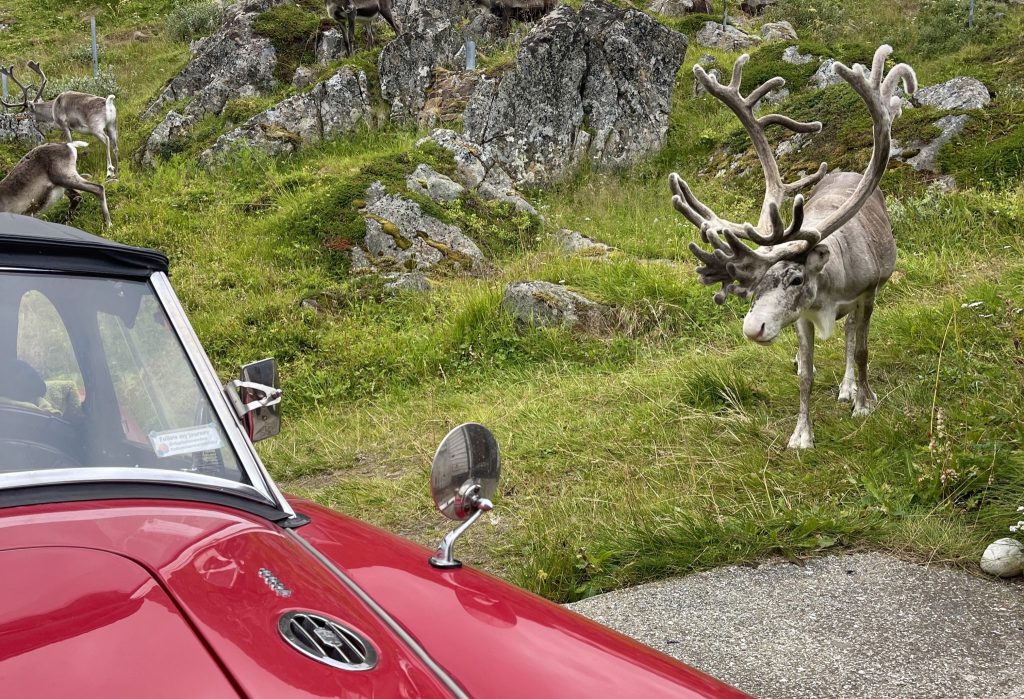
The realisation hit me when I returned to the UK. After three weeks and five and a half thousand miles of driving overseas, I felt saddened by the lack of respect the MG and I are often exposed to on home turf. In fact, I’ve had to come to terms with the fact that being tailgated and intimidated is par for our course. There are others who feel the same.
More than 50 per cent of those who responded to a poll I posted on social media answered ‘absolutely not’ to the question: Do you think classic cars get the respect they deserve on UK roads? The other option was ‘heck yes.’ “[Other drivers] seem to want to be in my back seat,” remarked Russ Nicol, on X.
Bronwyn Diana’s story filled me with despair. “I love my 2CV, but I almost feel frightened to have her recommissioned.” During 20 years of ownership, she said the Citroën had been kicked and attracted “nastiness” such as abusive notes. “The 2CV forms a part of my personality, if my car is disrespected, I feel disrespected.” As a fiercely proud and protective custodian of my late grandfather’s MGA, I can empathise with her response.
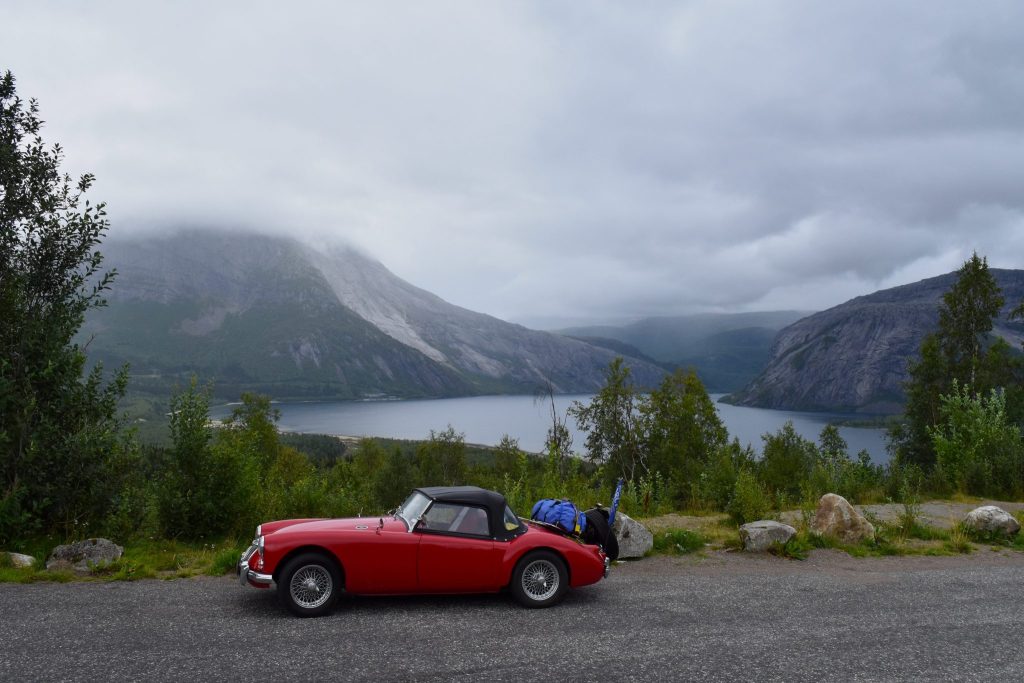
Ian Laight shared his thoughts on LinkedIn: “I’m tailgated more often [in my Triumph Stag] than in my modern sports or executive cars.” Using it to commute, as well as make long-distance trips, it can, he clarified, “easily keep up” with modern traffic. The 1926 Alvis that belongs to Nïamh Frances Smith is capable too: “People are desperate to get in front of a slow looking vintage car, which we then love to prove is perfectly adept.”
But modern vehicles are getting faster, with both individual and environmental factors at play. Capability advancements such as the instant torque offered by EVs enable swifter and more aggressive manoeuvres, while social pressures – busy lives and busy minds – compel drivers to get to where they are going, and quick. There are stats that highlight this point.
In the 12 months between June 2023 and ’24, speeding on public roads or motorways accounted for 84 per cent of all driving offences in the UK. As a result, the number of drivers taking speed awareness courses has reached a record high. Last year, almost 2 million people completed a National Driver Offender Retraining Scheme course – a 30 per cent increase in five years.
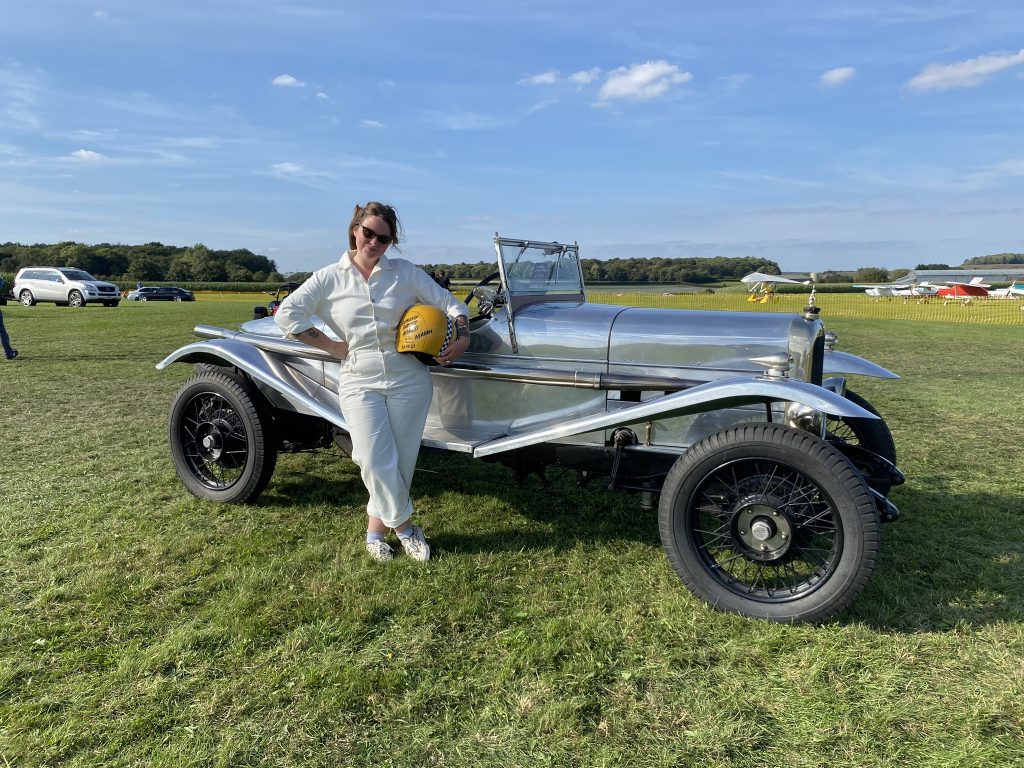
“No one seems to have the time to enjoy driving anymore,” said Kate Magpie, who pilots a handsome Standard Eight. Frances Smith, with the Alvis, had more to say: “People are constantly pulling out on us, squeezing themselves into gaps we’ve deliberately left to safely brake. It has pretty good brakes for a 100-year-old car, a lot of others its age don’t.”
In fairness, a lack of awareness likely contributes to the way classics are treated on UK roads. “If you haven’t experienced driving old cars you have little idea,” said Vicky Peacock, the owner of a 1972 Volkswagen camper. “The traffic is far more intense since our cars were built.”
I fear in-car technology will only worsen our woes. Driving classics, as you’ll know, is all-consuming; we use our wits and our wisdom at all times. In modern cars, the temptation is to let artificial intelligence do a lot of it for you, which lessens focus, self-awareness, and accountability. “Insular driving habits do not favour the classics,” agrees Grant McLellan.
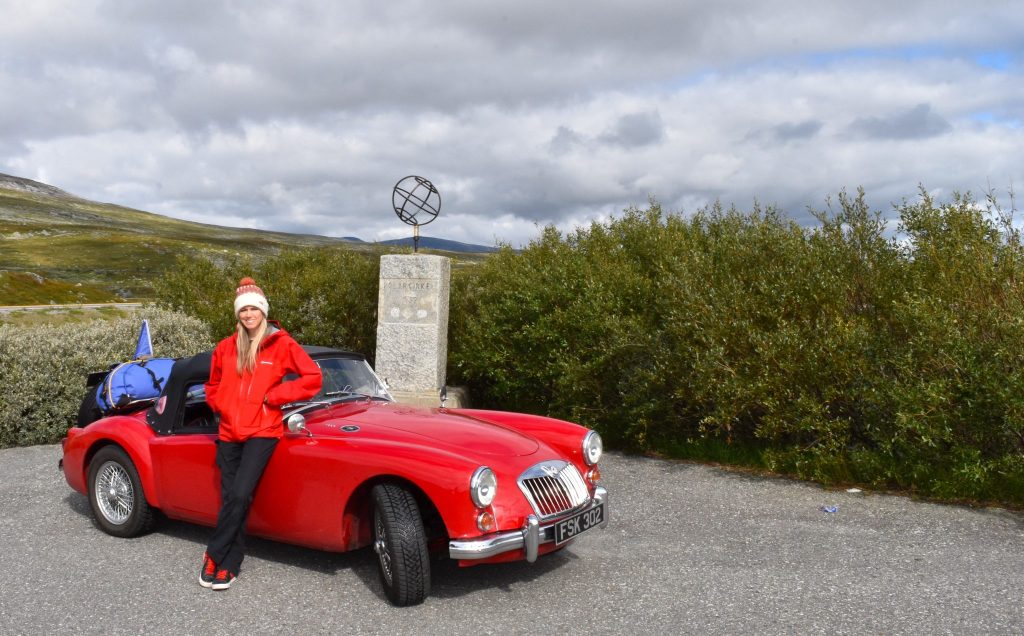
In 2023, the UK became the first country in Europe to approve a hands-free driving car for use on our motorways. That vehicle was a Ford Mustang Mach-E. To control its course, acceleration and lane position, the car’s systems monitor road markings, speed signs, and traffic. Impressive? Yes. But when I tried it, I didn’t like it; I’d rather not let a vehicle think for me when I’m travelling at 70mph.
The outlook, though, is not all doom and gloom. “There is a great amount of appreciation in the right environment, [such as] Sunday afternoons and country lanes,” assured McLellan. In 20 years of driving classics, 10 of which includes using them as a daily, Alice Thorpe had never experienced disrespect on the road.
Make peace with being oft overtaken, said Mary Hall, and clocking miles in your classic will be joyful for you, as well as others. “The number of people taking snaps of my van or traveller, or just admiring it and taking interest, far outweighs any driving niggles,” she said. “Our Morris Minors make people smile and lead to friendly chats everywhere.”
Anecdotally, owners of the following vehicles reported nothing but good vibes on UK roads – the Ford Cortina, Fiat 500, Land Rover Defender, and Mazda MX-5. It’s a great incentive to save up and invest in another car, but this MG is 100 per cent for keeps.
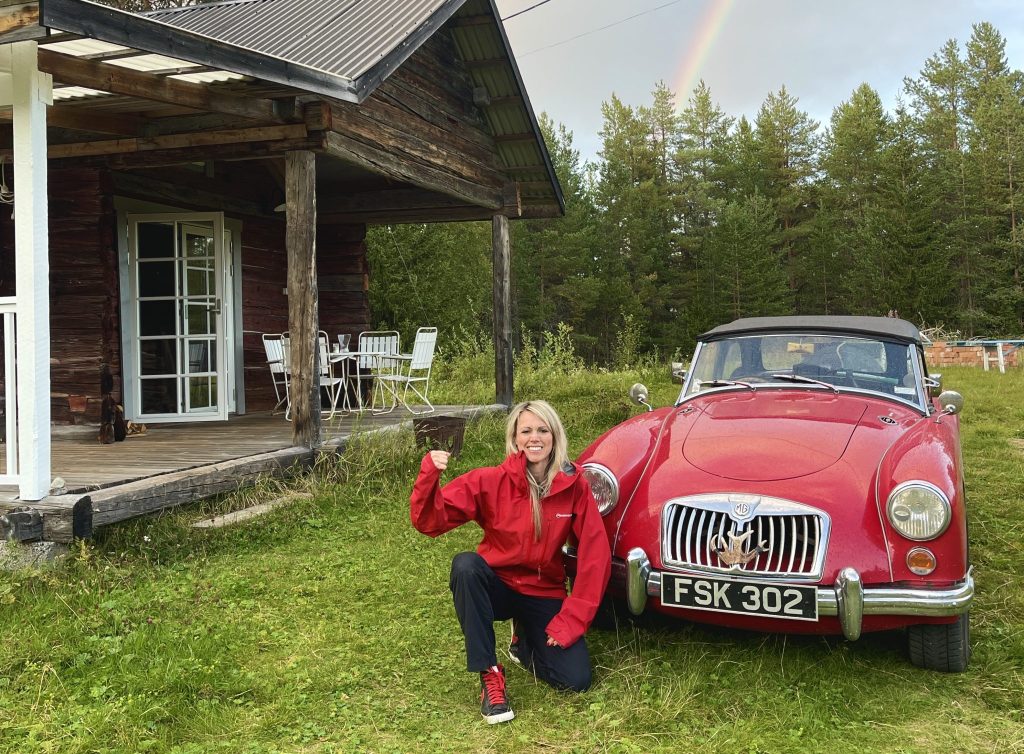

In Norway, an indigenous reindeer herder proudly festooned the MG’s grille with a piece of antler. Surprised to see a classic car so far north in the Arctic Circle, he was taken aback by the fact that I, a woman, was behind the wheel. The fragment of antler, which gives my A a mean(ish) well-travelled edge, was a mascot to bring good luck on the road ahead, he said. Let’s hope it brings a little more respect, too.
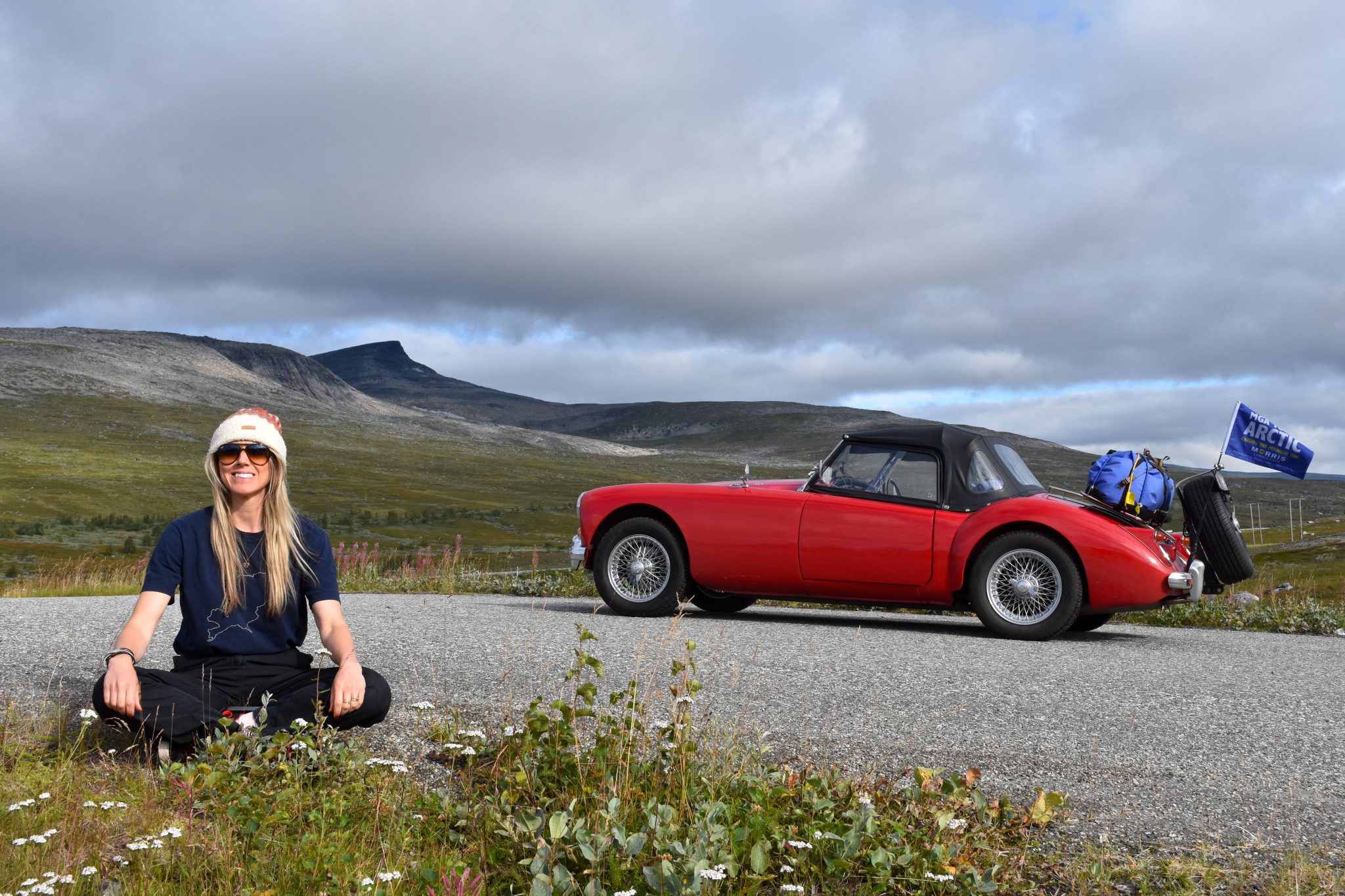






Glad you home safe, and the trip went well. My MGA still needs the rear carb rebuilt (a project for next week!!